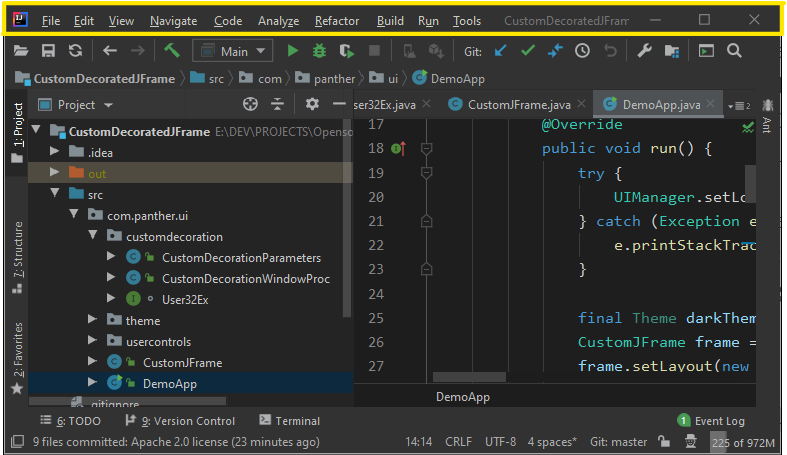


#DIRECT3D OVERRIDER GUI CODE#
Masonīefore I get started, I want to throw out a disclaimer: I’m going to outline the approach I used when I created the GUI system for my upcoming title, Quaternion. Treat this text as one solution to a very intricate problem, nothing more. I’m not saying that this way of making a GUI is the fastest or easiest way I’m simply outlining a solution that worked for me. Also, this text is not complete. Like one of those Bob-Vila TV episodes, it skips over the easy stuff and concentrates on the interesting. There is no attached source file there are code snippets in the text, and that’s it. NOTE: This document was originally four separate articles on I’ve concatenated all four into one for the XGDC, but they remain otherwise unchanged. Part IV: Resource Editors and Other Madness

#DIRECT3D OVERRIDER GUI HOW TO#
This article will walk you though how to create a GUI using C++ and DirectX. The series is divided into several parts, each dealing with a specific aspect of GUI programming: At first glance, it may seem like I’m reinventing the wheel Windows already comes with a very complex, very functional GUI. Unfortunately, while the Windows GUI is great for office apps, quite frequently, it’s not suited for many games. Games tend to want a more precise control over the GUI than Windows can provide (for example, games may want to use alpha-blending to implement partially transparent windows – easy if you’ve written your own GUI, but next to impossible using the Windows GUI).


 0 kommentar(er)
0 kommentar(er)
